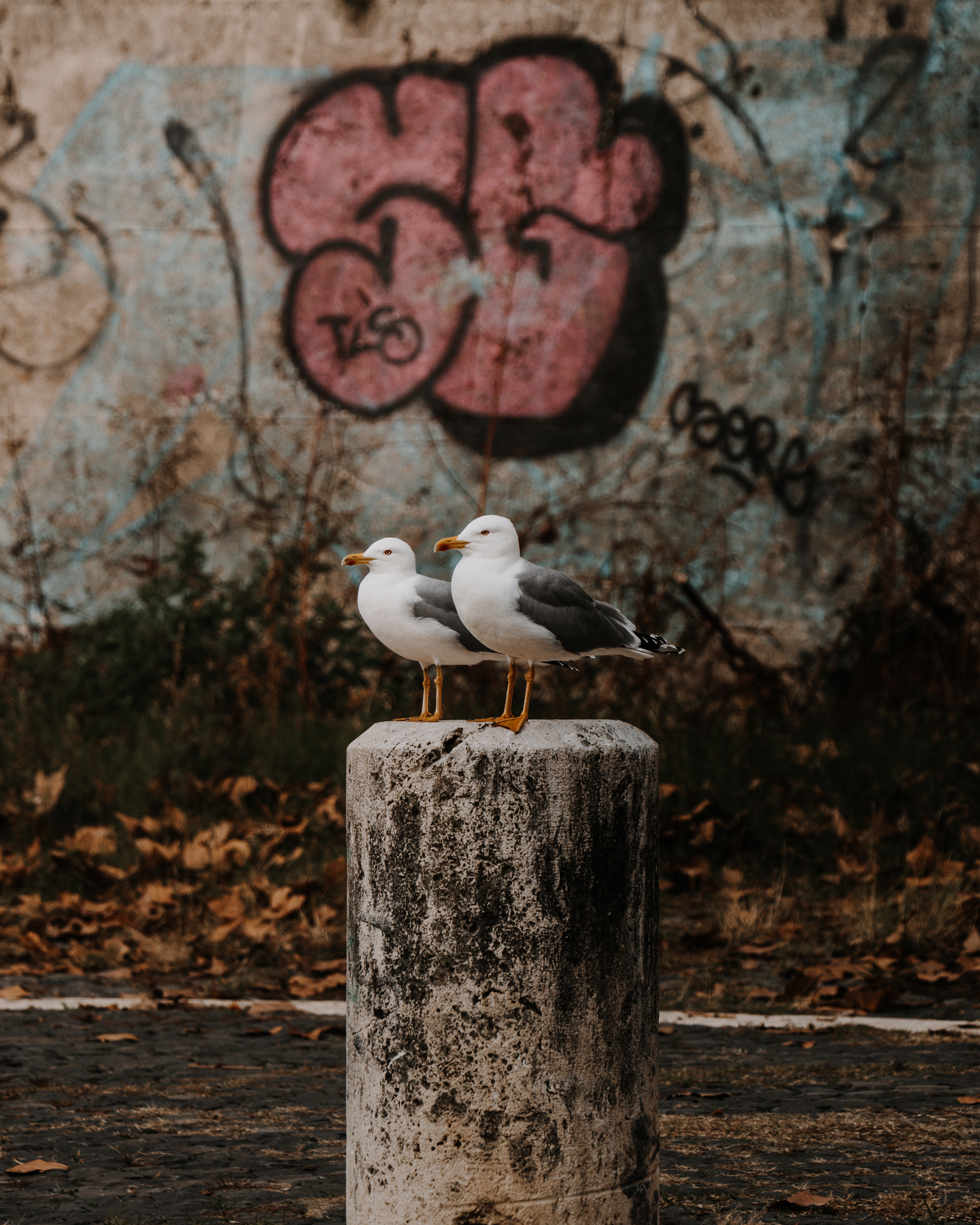Last month we had the pleasure of accompanying, together with the wildlife photographer Francesco Simonetta, a group of nature enthusiasts for an urban birding Rome trip along Tiber river. Starting from the Tiber Island, we skirted the river in its central-northern city banks, focusing on the biodiversity that characterizes riparian urban environments.
Our tour begins near the “Ponte Rotto“, in front of the Tiber Island. Here, in addition to the many Yellow-legged Gulls (Larus michahellis), we begin to observe the first species linked to river habitats, including Great Cormorant (Phalacrocorax carbo), Common Moorhen (Gallinula chloropus) and Mallard (Anas platyrhyncos).
Yellow-legged Gull. Photo by Francesco Simonetta.
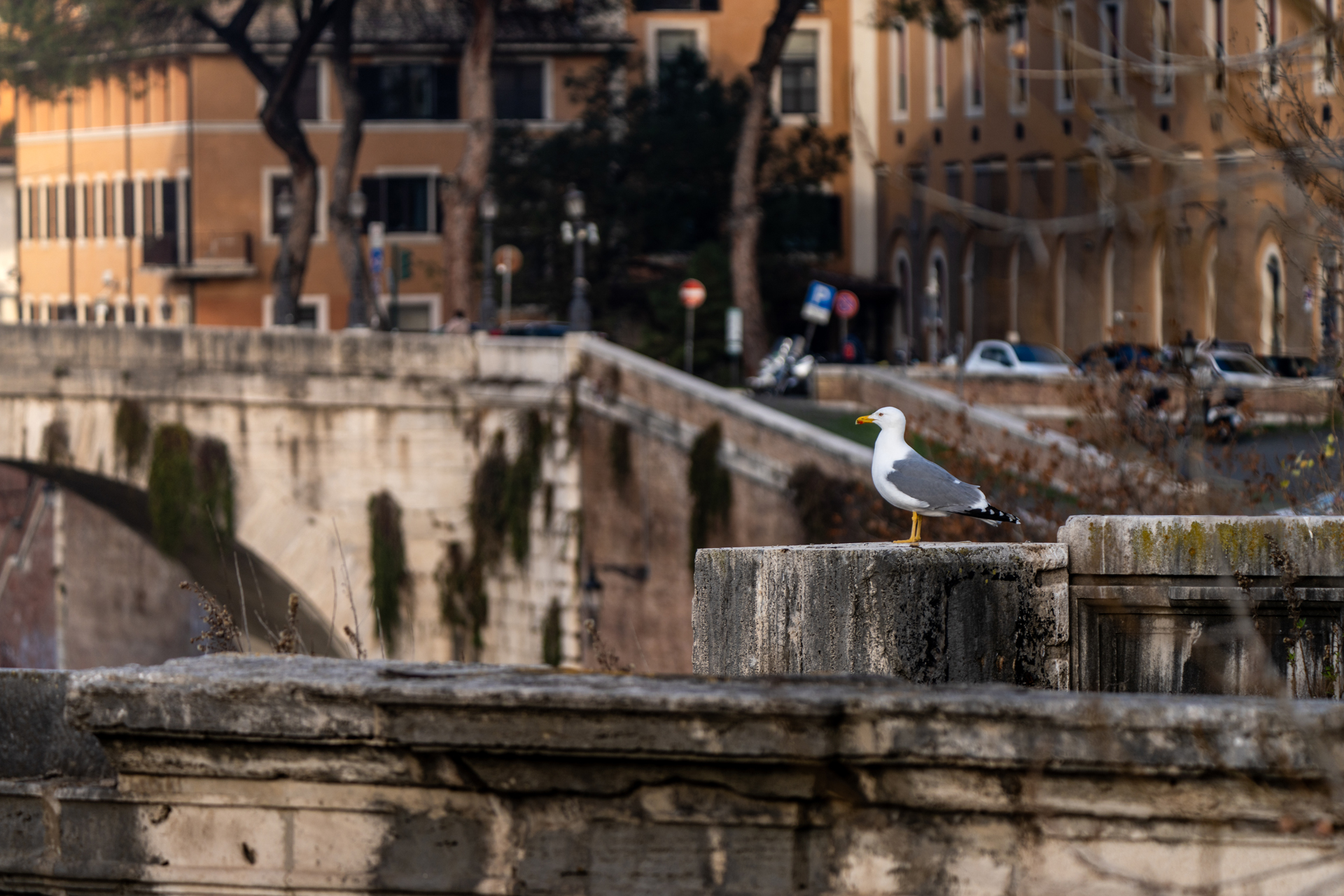
Common Moorhen. Photo by Francesco Simonetta.
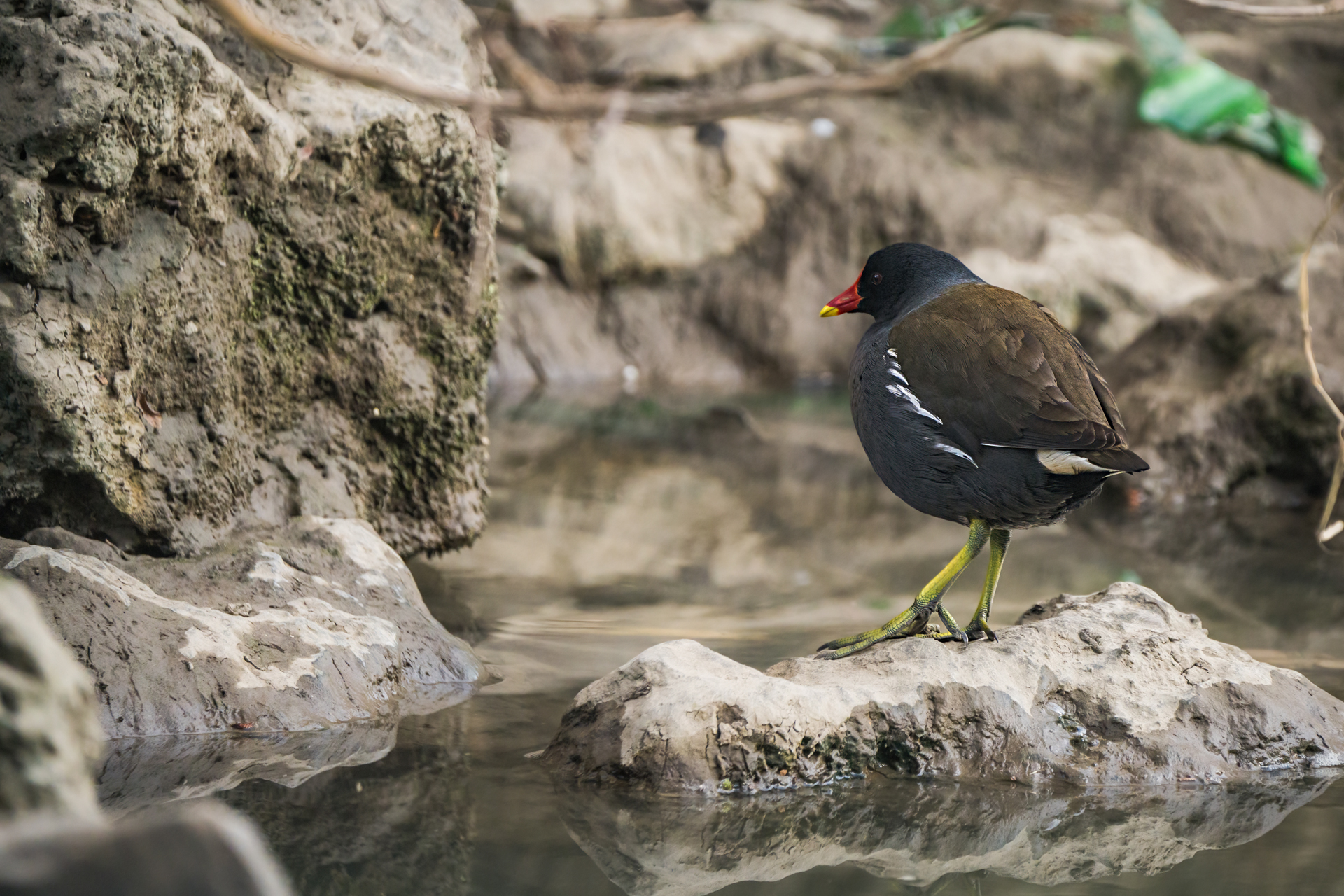
Following the river towards Castel Sant’Angelo, we are lucky enough to enjoy a Common Kestrel (Falco tinnunculus) perchng on a plane tree a few meters away. In the meantime, we see many Passerines intent on hunting small insects along the river banks, especially Black Redstarts (Phoenicurus ochruros), White Wagtails (Motacilla alba) and Grey Wagtails (M. cinerea).
Along our path we are followed by many Rose-ringed Parakeets (Psittacula krameri), we take this opportunity to describe some of the most common alien species in Rome and the differences between the nesting strategy of this parrot and the Monk Parakeet.
Common Kestrel. Photo by Francesco Simonetta.
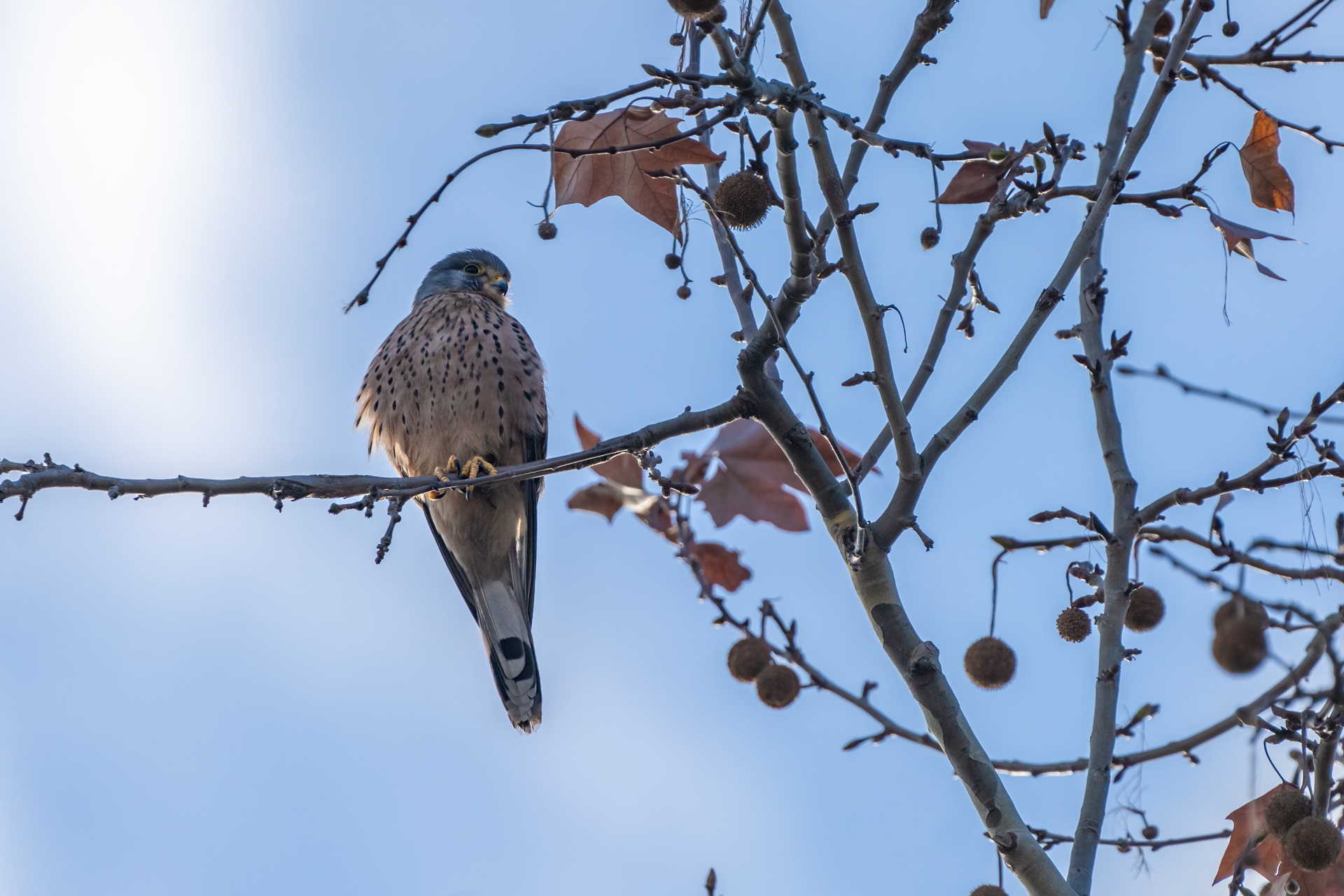
Grey Wagtail. Photo by Francesco Simonetta.
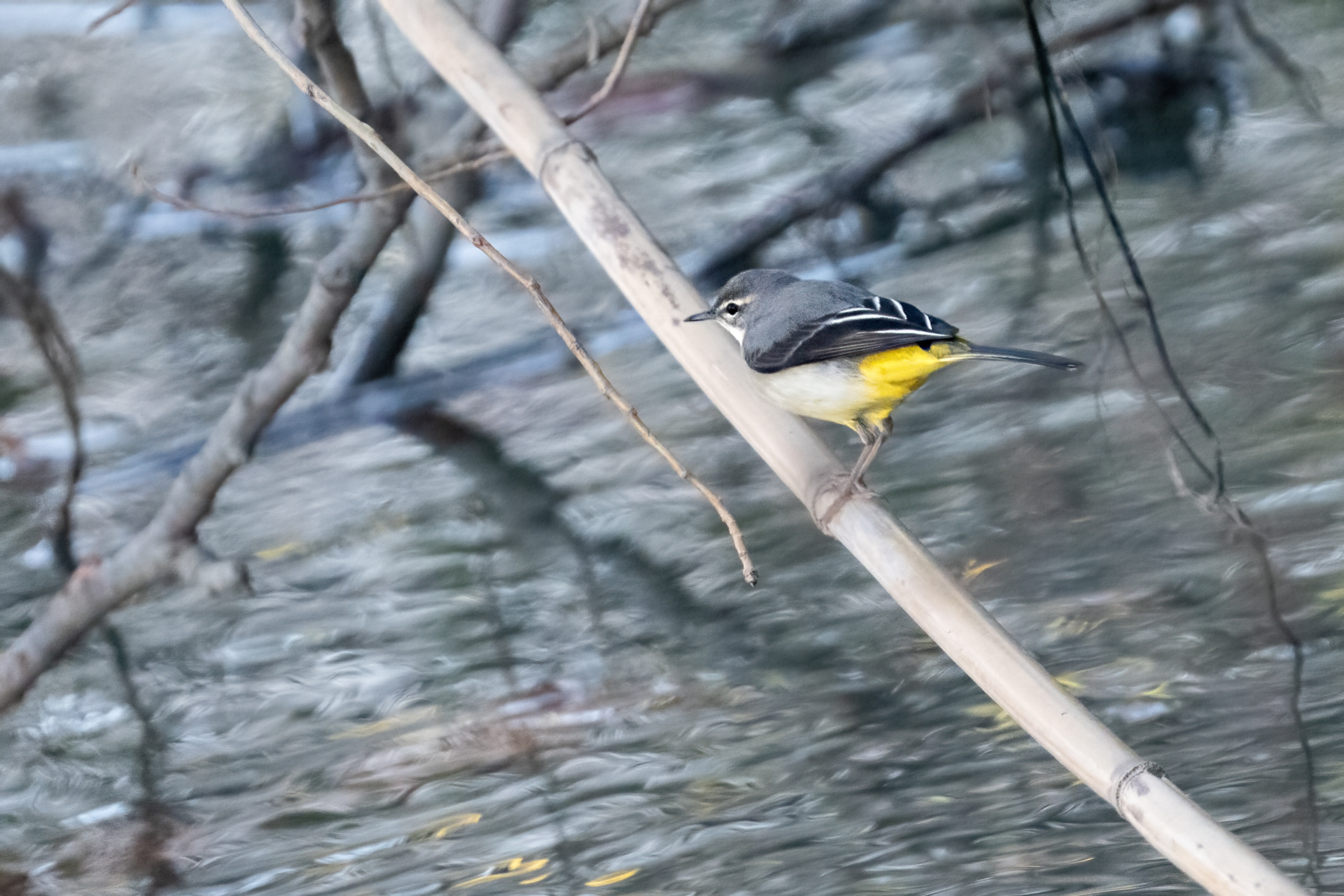
Continuing the walk, while we admire some Cormorants drying their plumage in the sun, following a fishing trip, some Yellow-legged Gulls consume a sumptuous fish-based meal. Before arriving at the halfway point, we encounter many Black-headed Gull (Chroicocephalus ridibundus) flying above the water to catch some small fish.
Great Cormorant. Photo by Francesco Simonetta.
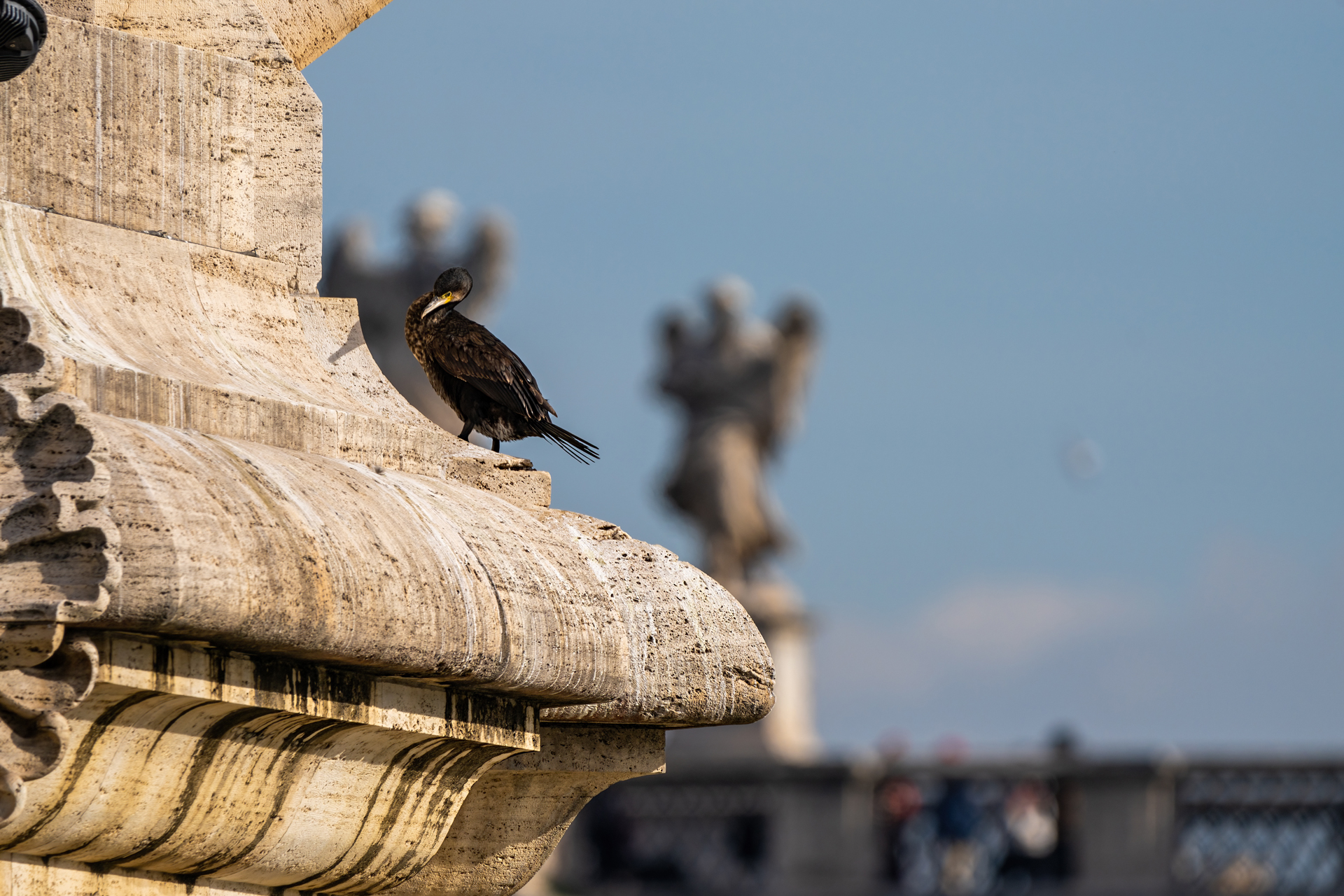
Yellow-legged Gulls. Photo by Francesco Simonetta.
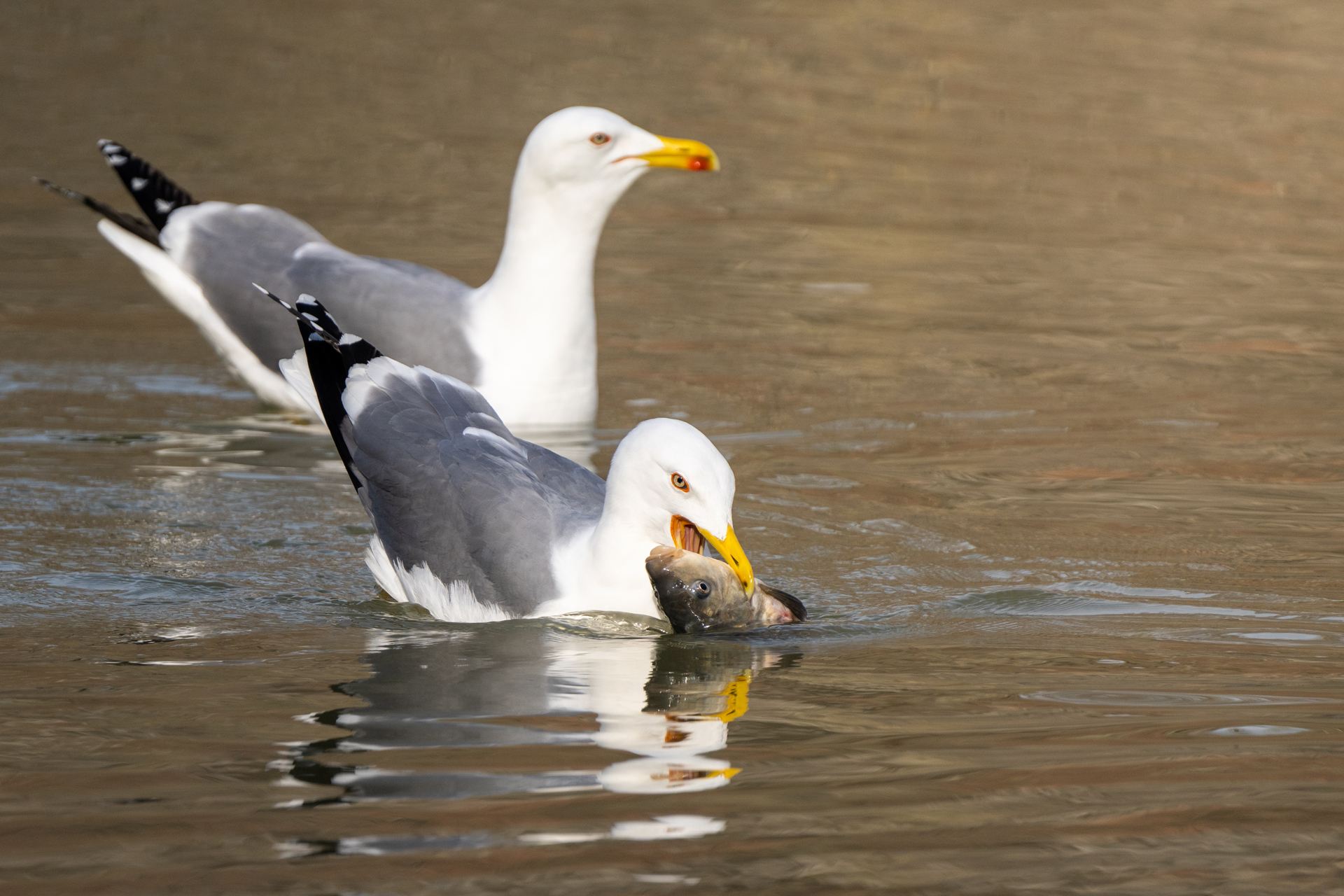
Black-headed Gulls. Photo by Francesco Simonetta.
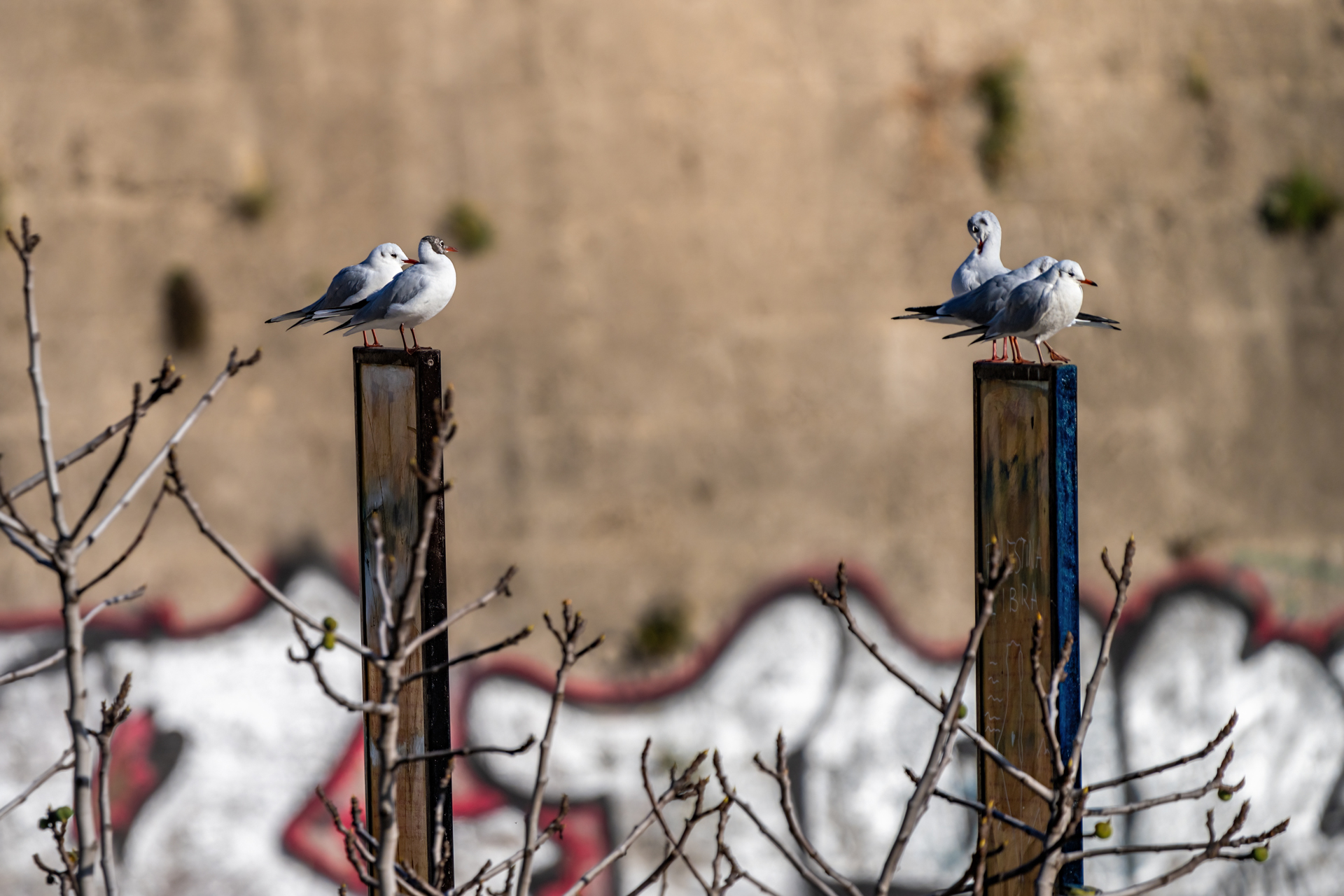
Our last step before returning to the starting point is a well-preserved strip of relict riparian vegetation, this is teeming with life and therefore we arm ourselves with a little patience: accompanied by the characteristic song of the Cetti’s Warbler (Cettia cetti), we spot numerous specimens of Common Chiffchaff (Phylloscopus collybita), some European Robins (Erithachus rubecola) and a Winter Wren (Troglodytes troglodytes).
Common Chiffchaff. Photo by Francesco Simonetta.
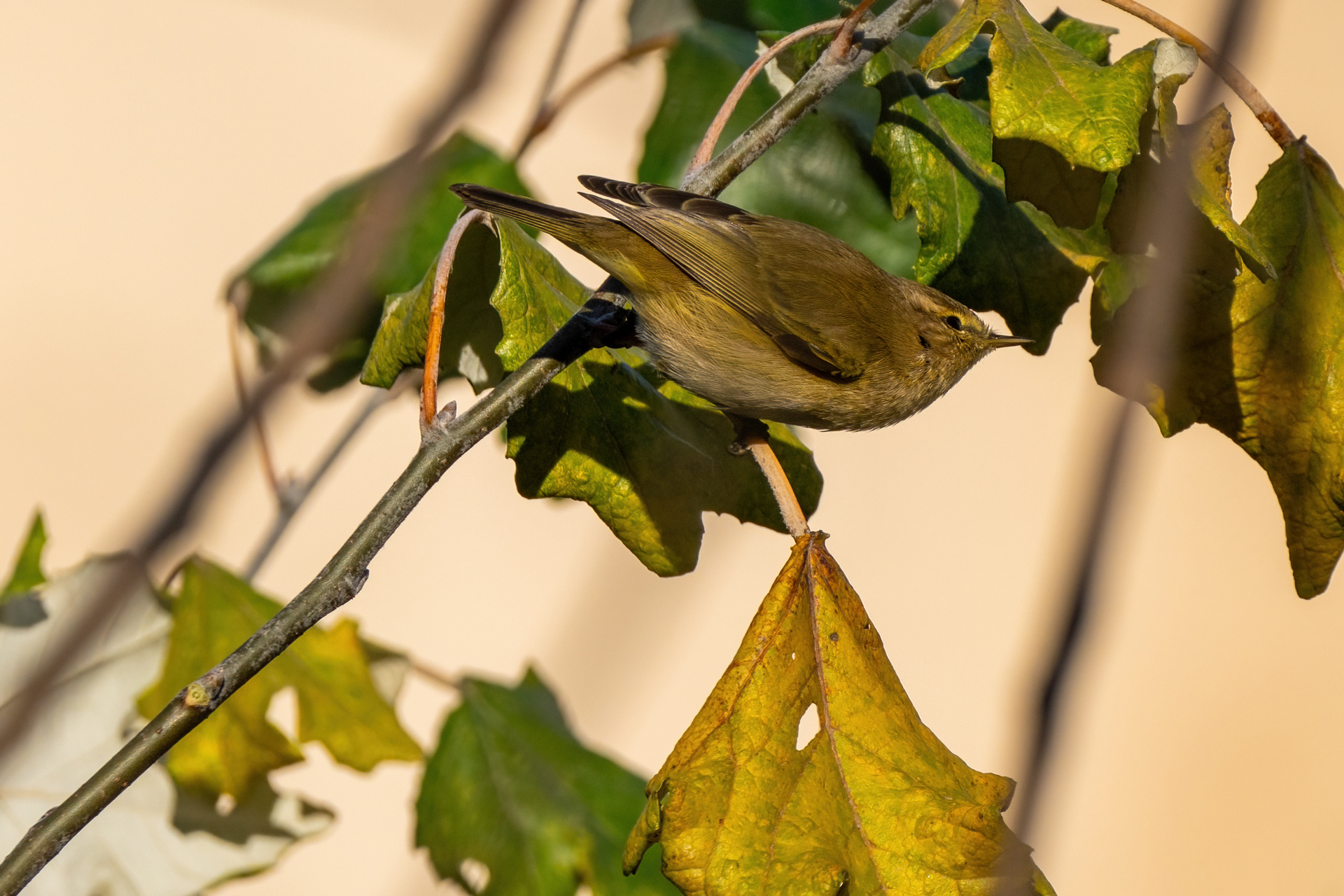
European Robin. Photo by Francesco Simonetta.
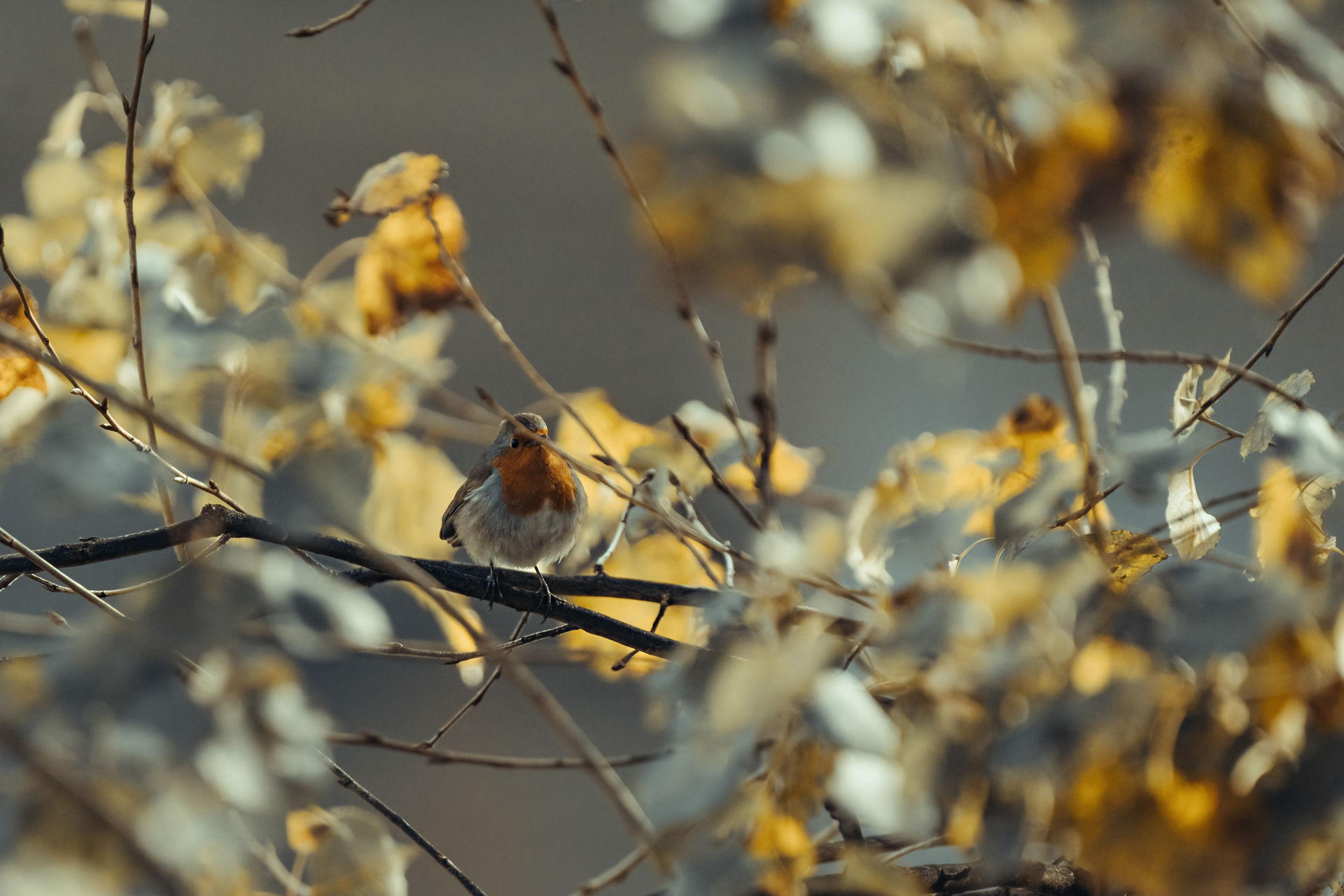
Before ending we take a final look at the Tiber Island, here the “blond Tiber” greets us with a Little Egret (Egretta garzetta) hunting on the rocky banks of the river and a Common Sandpiper (Actitis hypoleucos) flying in front of us at full speed .
Little Egret. Photo by Francesco Simonetta.
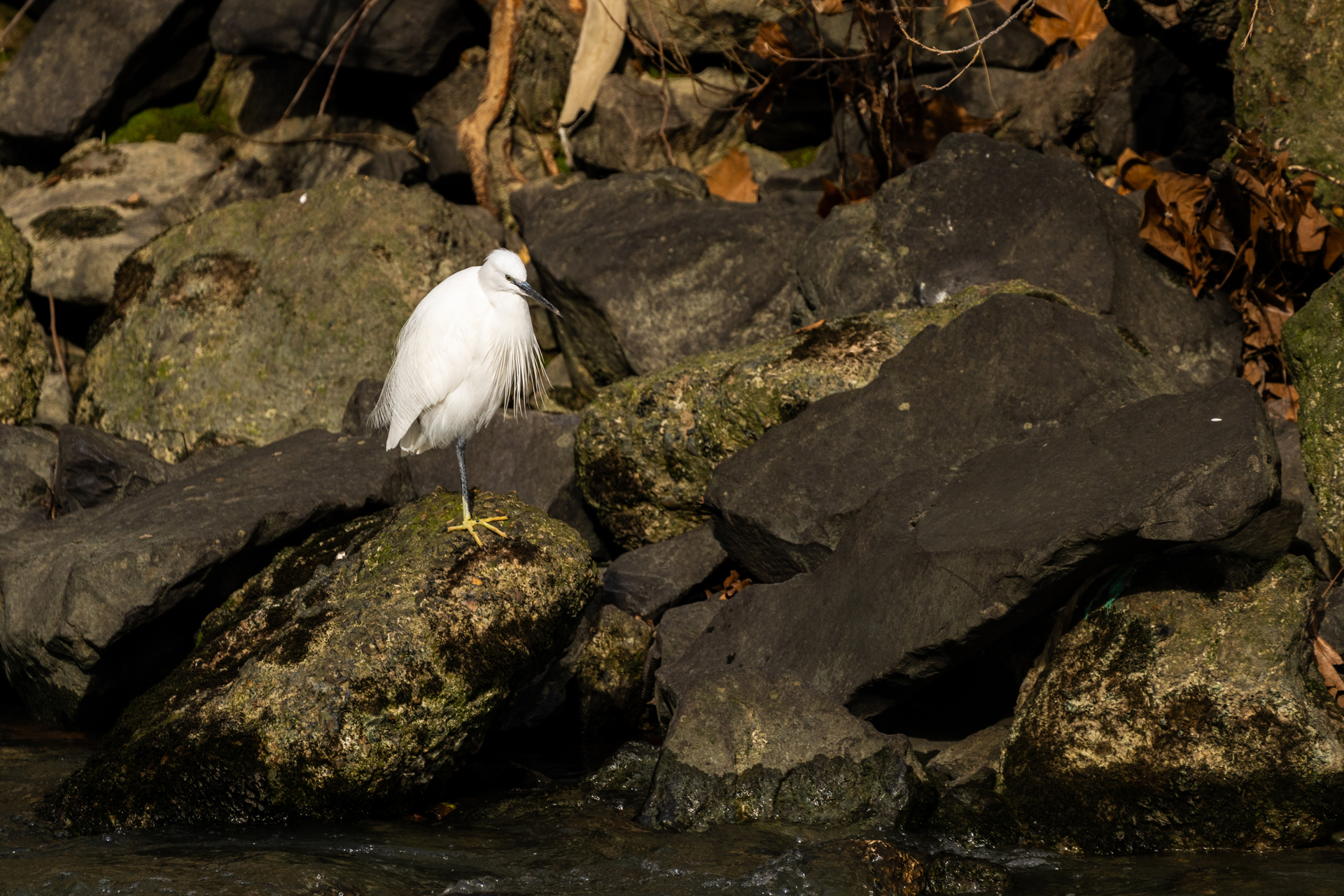
Common Sandpiper. Photo by Francesco Simonetta.
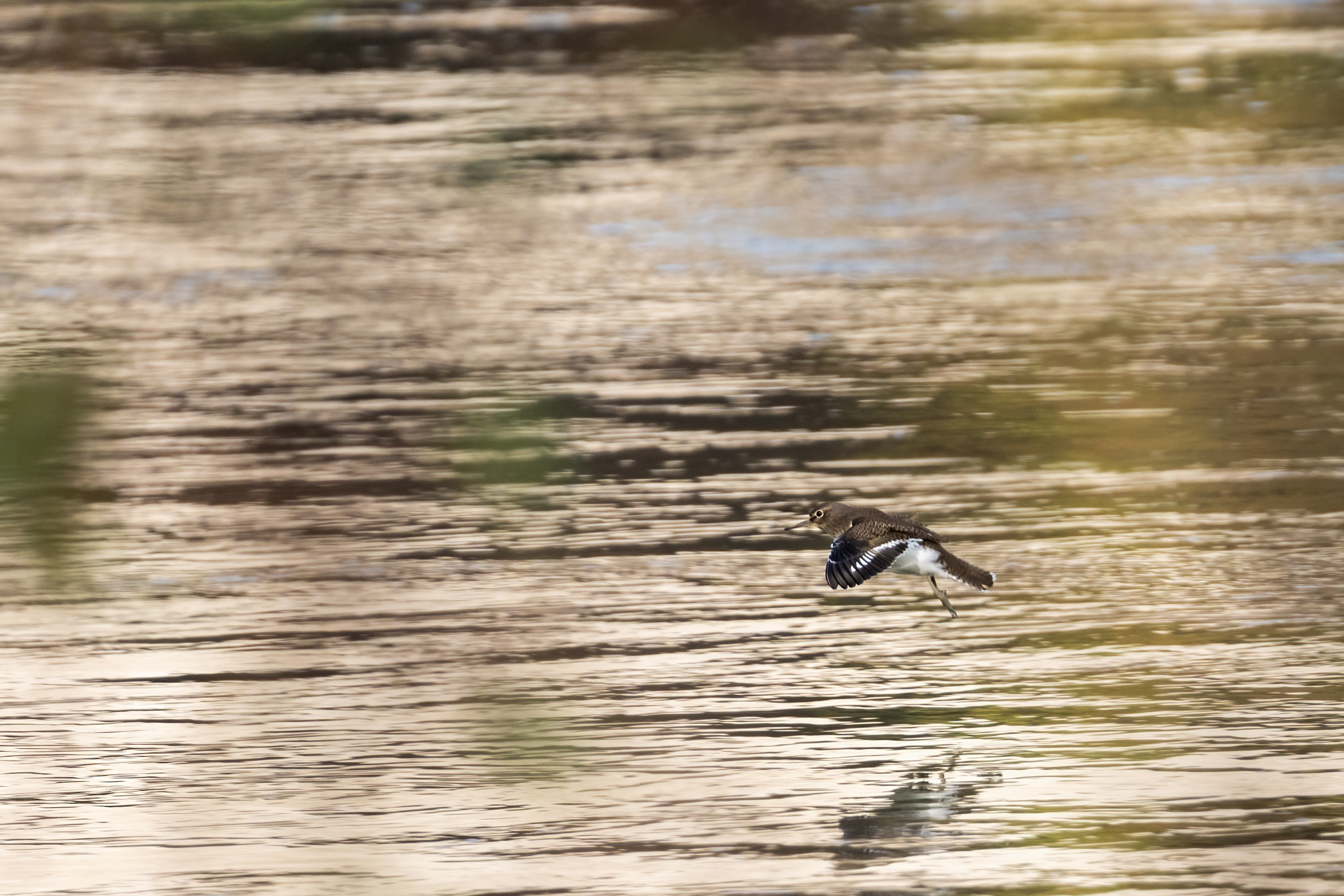
CHECKLIST
- Mallard (Anas platyrhynchos)
- Great Cormorant (Phalacrocorax carbo)
- Little Egret (Egretta garzetta)
- Common Kestrel (Falco tinnunculus)
- Rose-ringed Parakeet (Psittacula krameri)
- Monk Parakeet (Myiopsitta monachus)
- Common Moorhen (Gallinula chloropus)
- Common Sandpiper (Actitis hypoleucos)
- Black-headed Gull (Chroicocephalus ridibundus)
- Yellow-legged Gull (Larus michahellis)
- Feral Pigeon (Columba livia var. domestica)
- Wood Pigeon (Columba palumbus)
- White Wagtail (Motacilla alba)
- Grey Wagtail (Motacilla cinerea)
- European Robin (Erithacus rubecula)
- Black Redstart (Phoenicurus ochruros)
- Common Blackbird (Turdus merula)
- Common Chiffchaff (Phylloscopus collybita)
- Cetti’s Warbler (Cettia cetti)
- Winter Wren (Troglodytes troglodytes)
- Great Tit (Parus major)
- European Blue Tit (Cyanistes caeruleus)
- Eurasian Magpie (Pica pica)
- Hooded Crow (Corvus cornix)
- Common Starling (Sturnus vulgaris)
- Italian Sparrow (Passer italiae)
